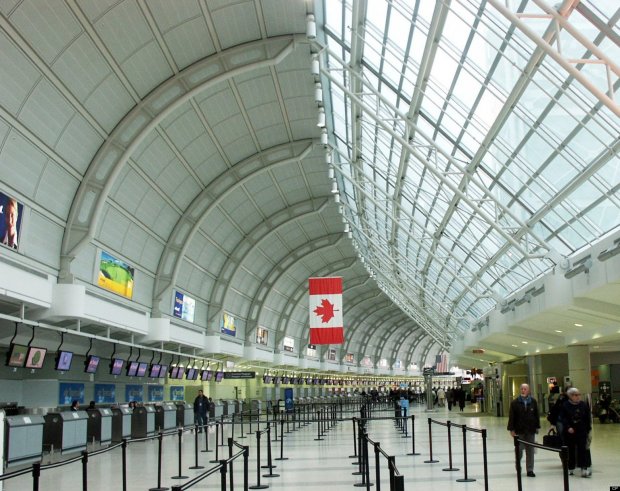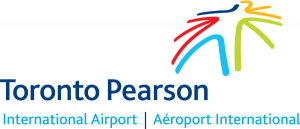TORONTO PEARSON POISED TO UNLOCK GROWTH ACROSS CANADA AS ONE OF WORLD’S TOP INTERNATIONAL AIRPORTS

Opportunity to increase international routes, regional transit connectivity, and jobs through mega hub vision
TORONTO, Dec. 1 2016 – A report published today by the Greater Toronto Airports Authority (GTAA) explains how Toronto Pearson International Airport is poised to become one of the world’s next top tier international airports, providing air connectivity to as much as 80 per cent of the world’s economies . The report, Growing Canada with a Mega Hub Airport, outlines the significant economic advantages realized by mega hub airports around the world. The report recommends six concrete steps the Government of Canada should take that would allow Toronto Pearson to realize its potential and deliver economic benefits from coast to coast.
Mega hub airports such as Dubai, Singapore, and John F Kennedy in New York City have a large percentage of international passengers, significant connecting traffic, and are growing at faster rates than their local economies. They also facilitate significant employment around the airport, and indirectly across their local catchment areas. Toronto Pearson ended 2015 at 41 million passengers, about 61 per cent of which were international, and forecasts to reach as many as 44 million passengers by the end of 2016. Today, the airport offers passengers access to more than 180 destinations through 65 carriers. Additionally, approximately 50,000 people are employed at Toronto Pearson through more than 300 employers, and the employment zone around the airport is home to about 300,000 jobs.
“Market competition is increasingly global and the competitiveness of the Greater Toronto Area, and the entire country, depends on its access to international markets. For our region to be able to compete with other city-regions around the world and reap the economic benefits, it needs a globally competitive mega hub airport,” said Howard Eng, President and CEO, GTAA. “The GTAA will make the necessary investments to enable this growth; however, to achieve mega hub status, and all the associated benefits for the region and the country, we will need support from government.”
The report asserts that Toronto Pearson has a limited window of opportunity to develop Toronto Pearson into a mega hub, outlining six concrete steps to how it can partner with government to achieve this milestone, including improved transportation access to the airport, achieving hassle-free flow of passengers through the airport and policy amendments to attract international passengers. These steps are explained in further detail within the report.
One of the key recommendations in the report is for all levels of government to prioritize regional transit connections into Toronto Pearson to serve the airport area. The area around the airport has been identified as the second largest employment zone in the country by the Neptis Foundation. A recent report by Neptis states that the Airport Employment Megazone is home to a significant concentration of manufacturing and transportation-related employment, as well as a growing number of finance and business services jobs. The area, including the airport, generates more than one million car trips daily, due in large part to a lack of transit service. The GTAA has actively promoted its vision for a multi-modal transportation hub, akin to Union Station, to be located on the airport lands, facilitating multiple transit connections, such as the Eglinton West LRT, Mississauga’s Bus Rapid Transit line, Regional Express Rail, Finch LRT, and the potential high speed rail line connecting the Innovation Corridor between Toronto and Kitchener-Waterloo.


